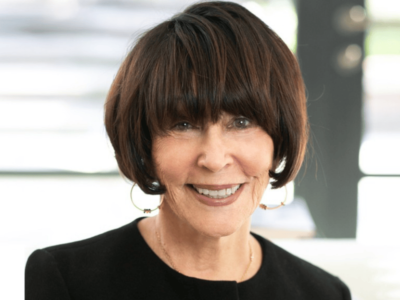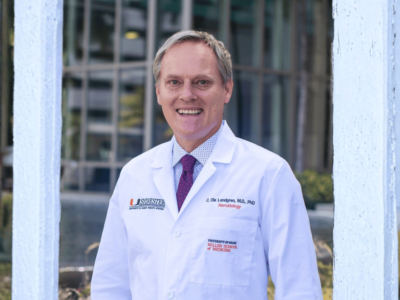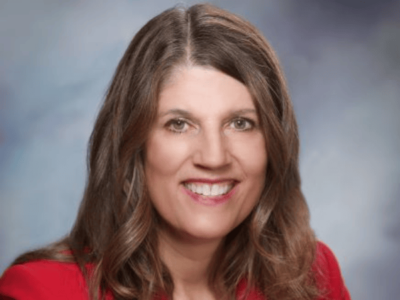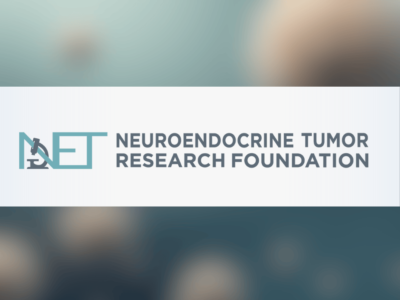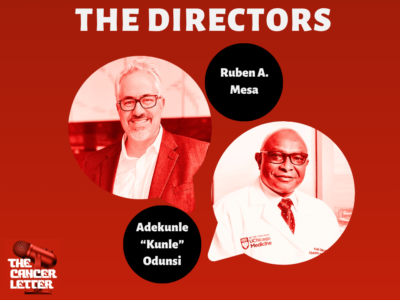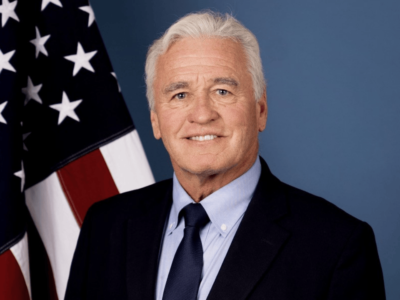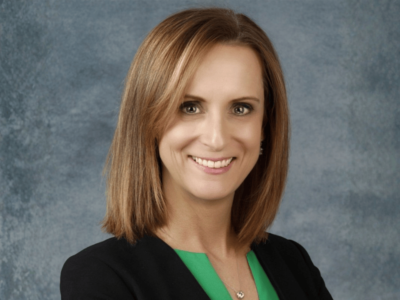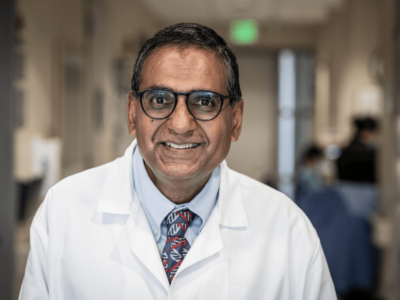Rick Pazdur’s appointment as director of the FDA’s Center for Drug Evaluation and Research (CDER) comes at exactly the right moment, both for the agency and for the patients it serves.
Top FDA officials said the agency is in the process of removing the black box safety warnings from all forms of menopausal hormone therapy, including creams, pills, and other treatments prescribed to ease the symptoms of menopause and perimenopause.
With the recent FDA approval of daratumumab for high-risk smoldering multiple myeloma, the moment is ripe to revisit the evolution of our understanding of smoldering multiple myeloma. This development not only underscores the growing recognition of early intervention but also invites a broader reflection on the biological insights and therapeutic strategies that have shaped—and continue to shape—this transitional disease state.
The landscape of cancer treatment is rapidly evolving. Increasingly, there is recognition that care must go beyond treating the disease itself—it must also address the whole person and the debilitating symptoms patients experience during and after treatment.
This year marks the Neuroendocrine Tumor Research Foundation’s 20th anniversary. Established as the Caring for Carcinoid Foundation by Nancy Lindholm in 2005, NETRF has served as one of the few funding sources for neuroendocrine cancers since its inception.
At a time when federal immigration policies are becoming stricter, Kunle Odunsi, director of University of Chicago Medicine Comprehensive Cancer Center, reflected on the fact that cancer research is a highly international community.
George F. Tidmarsh has resigned from his job as director of the FDA Center for Drug Evaluation and Research in the aftermath of a lawsuit by a former associate and a probe into what an HHS spokesperson described as “serious concerns about his personal conduct.”
To say that it has been an eventful few months for George Tidmarsh would be a bit of an understatement.
Research1 has shown that delivering tumor profiling results to cancer patients prior to initiation of treatment and connecting patients harboring an actionable oncogenic mutation with the right targeted therapy can deliver superior patient outcomes. To fulfill this promise of precision medicine, we need to ensure more targeted therapies are available to patients who need them. Fortunately, this work is well underway.
As we mark Lung Cancer Awareness Month, it is a time to acknowledge that screening and prevention are vital, and equally crucial is ensuring that patients have access to state-of-the-art care and research. Herein, I spotlight some of the transformative work underway at City of Hope.


